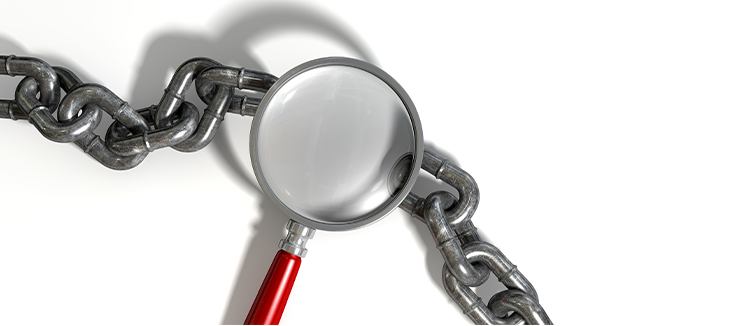Healthcare workers often put their own health on the back burner while attending to the health and well-being of their patients day after day. Medical staff so often have an incredible passion for healing and helping those in their care, but the truth is that if they don't prioritize their health, they won't be able to attend to their patients for very long. Occupational exposure poses a real risk to employees at healthcare facilities and must be properly addressed in order to keep everyone in good health. This is especially true of employees who deal with high-level disinfectants (HLDs).
Prolonged exposure to some HLDs, like glutaraldehyde, can result in symptoms as mild as irritation of the eyes, nasal passages, or skin. However, according to an article in Infection Control Today, "In more serious cases, workers have attributed glutaraldehyde use to multiple chemical sensitivity/idiopathic environmental intolerance, resulting in litigation being brought against some healthcare facilities." What's worse, the CDC reports that using some of these HLDs while pregnant may increase the risk for pre-term birth and even miscarriage. Fortunately, these risks can be mitigated by taking proper precautions.
One of the most important things to remember is to always wear the proper personal protective equipment (PPE). Very often, medical professionals have to deal with exposure to harsh disinfectants like glutaraldehyde, OPA, peracetic acid, and hydrogen peroxide on a daily basis, sometimes more than once per day. In these cases it can be especially challenging to force oneself to put on all the proper PPE over and over again. While it can be aggravating to have to put on and take off PPE multiple times throughout the day, remember that it is keeping you safe from very serious threats. Be sure to refer to your healthcare facility's procedures on PPE for handling HLDs safely.
Speaking of procedures, the next important tip to follow is to always be aware of proper handling procedures for HLDs. Always read through instructions from the manufacturer and always follow directions precisely when reprocessing semicritical devices. Failure to adhere to the standards set by your facility and the manufacturer can result in mistakes and dangerous conditions.
If your facility's procedures are not up to date, work on getting them up to date. If your facility is still manually reprocessing semicritical items, it may be helpful to reimagine the way your facility performs high-level disinfection altogether. According to the Occupational Safety and Health Administration (OSHA), "The use of automated processing equipment to disinfect instruments can significantly reduce the glutaraldehyde exposures of employees performing disinfection procedures, as well as of other employees and non-employees in the vicinity." Units like the TD 100 make use of single-use bottles of HLD, limiting exposure to these chemicals. It also filters expelled air through a 19-pound activated carbon filter which provides ample residence time and carbon to capture the fumes generated during the HLD process.
If updating to an automated system is not in the cards for your facility at the present, at least be sure that policies and procedures are current and effective at keeping medical professionals safe.
Ultimately, while the primary goal of healthcare professionals is to get their patients healthy, that goal cannot be achieved unless caregivers themselves are kept healthy. By striving for safer procedures and environments for healthcare professionals, we can help keep the healthcare industry doing its job: helping sick people get well.


